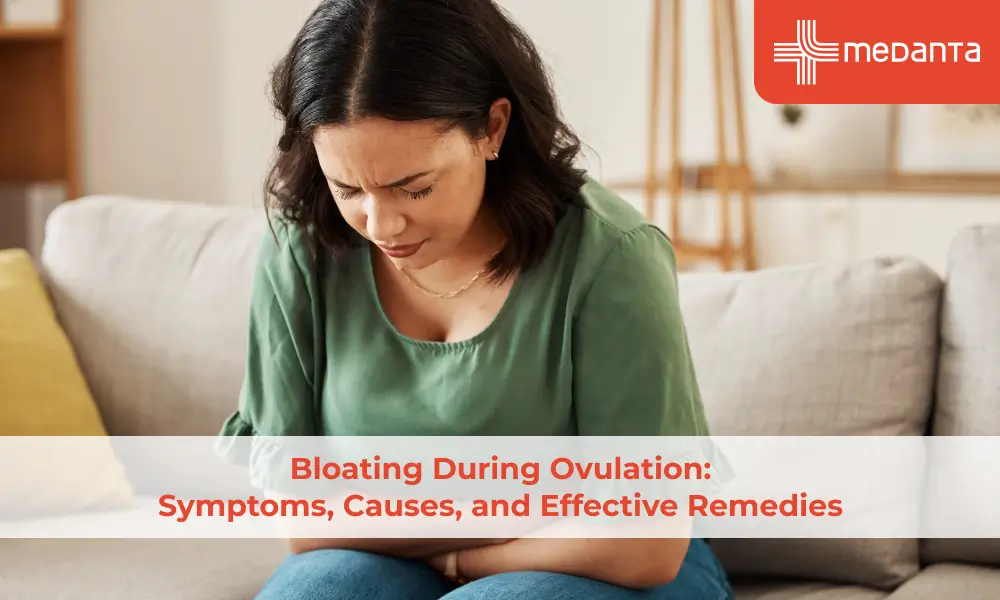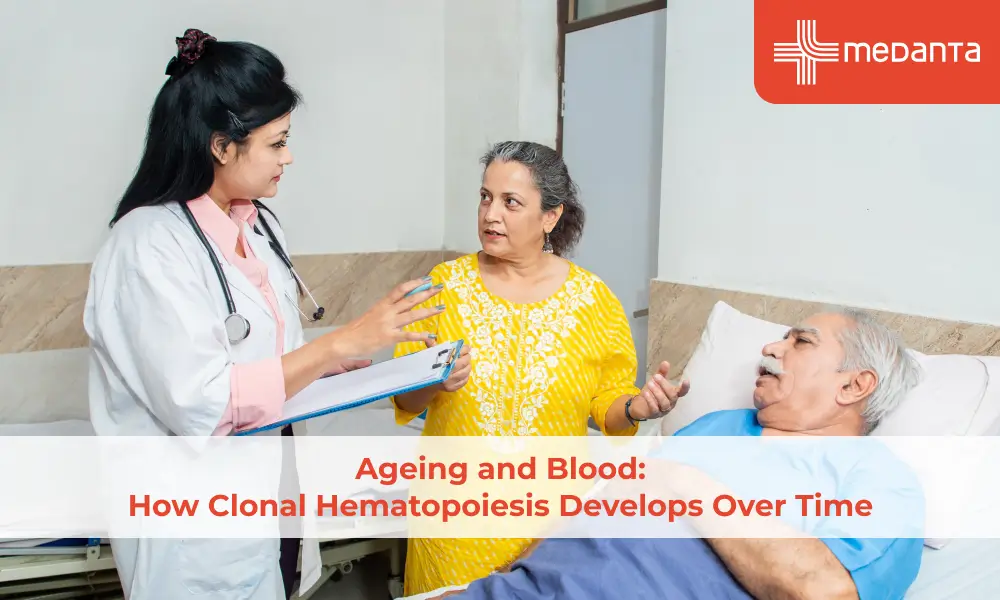Everything You Need to Know About Breast Cancer Recurrence!

Do you know that, on average, 7% to 11% of women with early breast cancer experience a local recurrence during this time? Breast cancer survivors embark on a journey of resilience and strength, but the spectre of recurrence can cast a shadow.
Breast cancer recurrence occurs when cancer cells return after initial treatment. In this blog, we’ll talk about breast cancer recurrence, its types, signs and symptoms, and much more!
Types of Breast Cancer Recurrence
Breast cancer can come back in different ways, and each needs specific attention for proper care.
- Local Recurrence: Localised within the breast or neighbouring tissues, local recurrence requires vigilant monitoring. Early detection becomes paramount as it offers a window of opportunity for timely and effective intervention. Survivors and healthcare providers must maintain a heightened awareness to identify any signs or changes in the treated area.
- Regional Recurrence: Involving nearby lymph nodes, regional recurrence presents unique challenges. Survivor awareness is crucial, emphasising the need for regular check-ups to monitor the status of lymph nodes. The proximity of lymph nodes requires a comprehensive understanding of the potential implications, making proactive healthcare engagement essential for early detection and intervention.
- Distant Recurrence (Metastasis): The most concerning form, distant recurrence, occurs when cancer cells spread to distant organs. Vigilant monitoring is indispensable in this scenario, necessitating regular follow-ups and advanced imaging techniques. Early intervention plays a pivotal role in enhancing the chance of controlling metastasis. Survivors, alongside their healthcare teams, must remain vigilant to detect any signs indicating the potential spread of cancer, ensuring a proactive stance against distant recurrence.
Factors Influencing Breast Cancer Recurrence
In breast cancer recurrence, different things are important and can affect how likely it is for the cancer cells to return.
- Biological Factors: Understanding genetic and molecular factors influencing recurrence helps survivors and healthcare professionals tailor treatment plans for optimal outcomes.
- Treatment-related Factors: Post-treatment considerations like hormonal therapies or radiation impact recurrence risk. Survivor engagement in treatment decisions is vital.
- Lifestyle and Environmental Factors: Embracing a health-conscious lifestyle minimises recurrence risks. Diet, exercise, and stress management contribute to overall well-being.
Signs and Symptoms of Breast Cancer Recurrence
Recognizing signs and symptoms is crucial for breast cancer survivors. Vigilance in identifying physical indicators like lumps, alterations in skin appearance, or persistent pain is paramount. Timely reporting of these changes facilitates early intervention, a vital component in managing recurrence risks.
Equally important is the acknowledgment of emotional well-being. Survivors must stay attuned to mental health changes, understanding that seeking support when needed is not a sign of weakness but a proactive step.
Cultivating mental resilience becomes integral, contributing not only to emotional health but also positively influencing overall well-being. By addressing both the physical and emotional aspects, survivors empower themselves in navigating the complexities of post-treatment life with awareness and a proactive mindset.
Diagnostic and Monitoring Tools to Evaluate Breast Cancer Recurrence
Diagnostic and monitoring tools play a pivotal role in the post-treatment phase of breast cancer. Routine check-ups, including mammograms and specific biomarker tests, provide a proactive approach to surveillance. Regular monitoring serves as a crucial component for early detection, allowing healthcare professionals to identify any potential signs of recurrence promptly.
Survivors must prioritise regular follow-up appointments as part of their ongoing care. These appointments are not only an opportunity for physical assessments but also a platform for open communication with healthcare providers. Establishing a transparent dialogue ensures timely responses to any emerging concerns, fostering a collaborative approach to managing health post-treatment.
By embracing these diagnostic tools and maintaining regular follow-up appointments, survivors actively participate in their well-being, enhancing the chances of early intervention and effective management if recurrence is detected.
Coping Strategies for Survivors of Breast Cancer Recurrence
Coping with the fear of breast cancer recurrence necessitates a multifaceted approach for survivors.
- Emotional Support: Emotional support serves as a cornerstone, with participation in support groups, counselling sessions, and fostering open communication with loved ones offering invaluable strength and understanding.
- Healthy Lifestyle: Embracing a healthy lifestyle becomes an empowering strategy, encompassing balanced nutrition, regular exercise, and stress reduction. These lifestyle modifications contribute not only to physical health but also play a pivotal role in fostering overall well-being.
- Self-Care: Recognizing the profound impact of mental health, survivors must prioritise self-care. Mental resilience is crucial on this journey, emphasising the significance of mental well-being. Prioritising mental health through self-care practices and seeking professional support when needed forms an integral part of the coping strategies, empowering survivors to navigate the emotional complexities of life after breast cancer treatment.
Advances in Breast Cancer Recurrence Prevention
Ongoing research and treatment innovations mark a beacon of hope for breast cancer survivors. The dynamic landscape of cancer research constantly unveils promising treatments. Staying informed about breakthroughs becomes a vital element in enhancing the survivor's toolkit, providing them with proactive choices for their health journey.
Personalised treatment plans represent a significant stride in maximising effectiveness. Tailoring treatments to individual profiles ensures a more targeted and efficient approach. Survivors play an active role in this process, engaging in discussions with their healthcare team about personalised plans. This collaborative approach not only acknowledges the uniqueness of each survivor's journey but also empowers them with a sense of agency in their ongoing battle against breast cancer recurrence.
Conclusion
Understanding breast cancer recurrence is integral for survivors. Acknowledging its complexities and arming oneself with knowledge, emotional support, and proactive health measures are essential steps. The journey post-treatment is a continuum where survivor empowerment is key.






